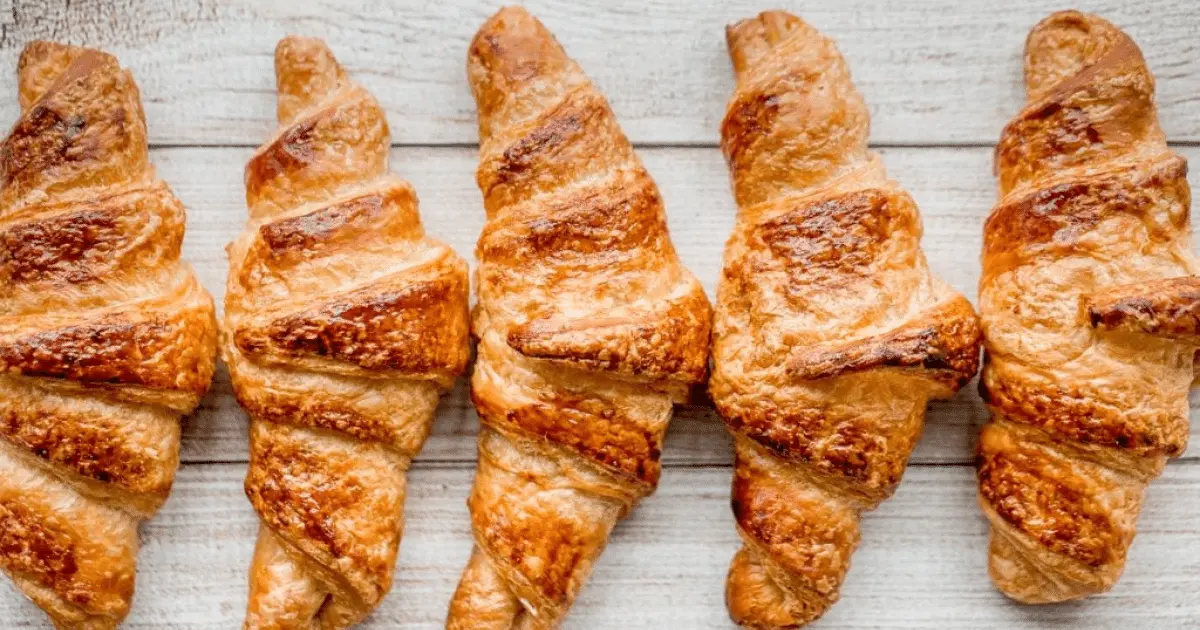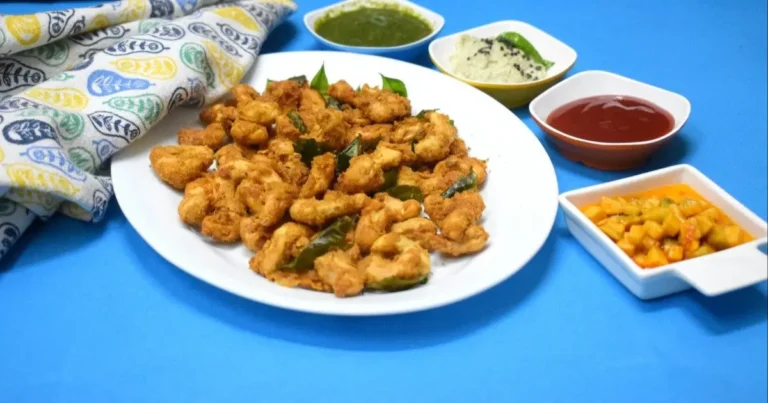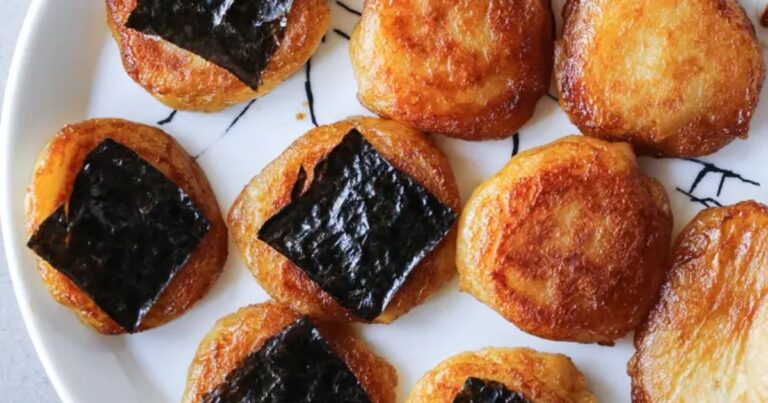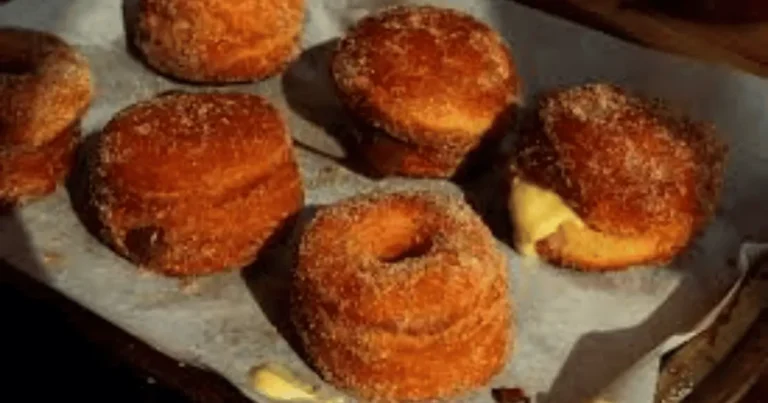Gipfeli Recipe: A Delightful Swiss Pastry
Introduction
Gipfeli, pronounced “gip-fuh-lee,” is a delectable pastry that is from Switzerland. Gipfeli, also known as Swiss croissants, And have a texture resemble to the French croissant but are often slightly thick and occasionally sweeter, these remedies are dominant in Swiss bakeries and homes. Everything you need to know about pfelpfeli, from their history to the ideal recipe for preparing them at home and will be covered in this book.
History of Gipfeli Recipe:
Gipfeli’s tale began at the beginning of the 1800s. According to legend, August Zang, an Austrian baker who had relocated to Paris, was instrumental in its development. Inspired by the Austrian kipferi (a crescent-shaped pastry), Zang adapted the recipe using a laminated dough technique. This technique involves layering butter and dough multiple times, resulting in the flaky layers that define Gipfeli.
Equipment Required
Basic Baking Tools
Mixing bowls
Measuring cups and spoons
Rolling pin
Baking sheet
Pastry brush
Specialized Equipment
Dough scraper
Stand mixer (optional but helpful)
Preparing the Dough
Choosing the Right Flour
Ingredients
Certainly! Here’s the Gipfeli Recipe with its ingredients listed in a table format:
| Ingredient | Amount |
|---|---|
| All-Purpose Flour | 2 1/4 cups |
| Whole Wheat Flour | 1/4 cup |
| Granulated Sugar | 1/4 cup |
| Warm Milk | 1/2 cup |
| Warm Water | 1/2 cup |
| Unsalted Butter | 1/2 cup |
| Active Dry Yeast | 1 packet |
| Salt | 1 tsp |
Preparing the Dough
Choosing the Right Flour
For Gipfeli, use high-quality all-purpose flour. All-purpose flour’s contain high protein level makes it ideal for producing the soft but firm dough required to make this pastry.
Mixing Ingredients
FStart by dissolving the yeast in a tiny amount of heated milk. In an oversized mixing bowl, combine the flour, sugar, and salt.Create a well in the middle and add the yeast mixture into it.. Mix until dough forms.
Kneading the Dough
Transfer the dough to the surface lightly dusted with flour and knead it for about 10 minutes, or until it become smooth and elastic.o simplify this process, you can use the dough hook attachment if you have a stand mixer.
First Rise
Ideal Conditions for Rising
Place the dough in a lightly oiled basin, cover with a moist cloth, and allow to rise in a warm, draft-free location. A temperature of about 25°C (77°F) is optimum for rising.
Timing
Allow the dough to rise until it becames doubled in size and this process will takes about 1-1.5 hours for completion.
Shaping the Gipfeli
Rolling Out the Dough
After the dough has risen, roll it out on a floured board into a sizable rectangle. The dough needs to be one centimetre thick.
Cutting and Shaping Techniques
Cut the dough into long triangles. For a traditional Gipfeli, the base of the triangle should be about 10 cm wide.
Adding Fillings (Optional)
If you want to add fillings, place them on the wide end of the triangle before rolling it up. Chocolate chips or ham and cheese are popular choices.
Second Rise
Why a Second Rise is Important
The second rise allows the dough to develop more flavor and a lighter texture.
Best Practices
After placing the shaped Gipfeli on a baking sheet covered with parchment paper, gently cover them with a towel and leave them rise for an additional thirty to forty-five minutes.
Baking the Gipfeli
Oven Settings
Set the oven temperature to 200°C (390°F).
Baking Time
For a glossy, golden crust, brush the Gipfeli with an egg-beaten mixture before baking. Roast for 15 to 20 minutes, or ntil golden brown top become.
Checking for Doneness
The Gipfeli should be golden brown and sound hollow when tapped on the bottom.
Cooling and Serving
Proper Cooling Techniques
Allow the Gipfeli to cool on a wire rack. This prevents the bottoms from becoming soggy.
Serving Suggestions
Serve warm with butter and jam for a traditional Swiss breakfast experience, or enjoy them as a snack with coffee or tea.
Variations of Gipfeli
Sweet Versions
Add a tablespoon of sugar to the dough for a slightly sweeter base.
Fill with Nutella or fruit preserves before rolling.
Savory Versions
Add dried herbs to the dough, such as thyme or rosemary.
For a gourmet twist, stuff with cream cheese and cured salmon as will.
Every location in Switzerland may have a unique recipe for pfeli, varying from filling to dough preparation.
Nutritional Value
Certainly! Here’s the Nutritional Value of Gipfeli presented in table format:
| Nutrients | Amount per 100g (approx.) |
|---|---|
| Calories | 250-300 kcal |
| Total Fat | 15g |
| Saturated Fat | 9g |
| Cholesterol | 40mg |
| Sodium | 300mg |
| Total Carbohydrates | 25g |
| Dietary Fiber | 1g |
| Sugars | 3g |
| Protein | 5g |
Remember that these values are approximate and can vary based on specific recipes and with their sizes.
Conclusion
Gipfeli are a delightful Swiss pastry that can be enjoyed in various ways. Following the detailed recipe and tips, you can create these flaky treats at home.






